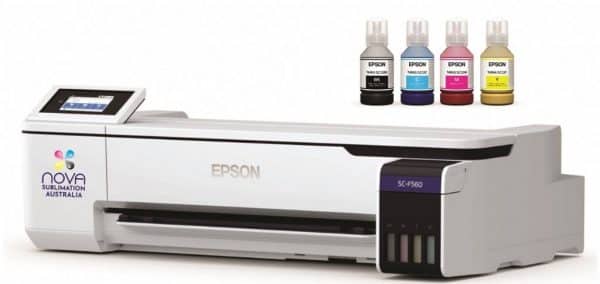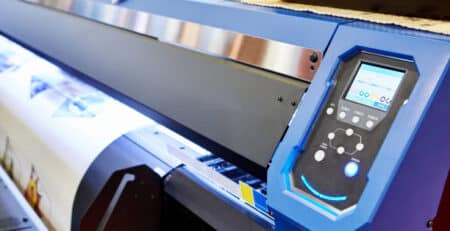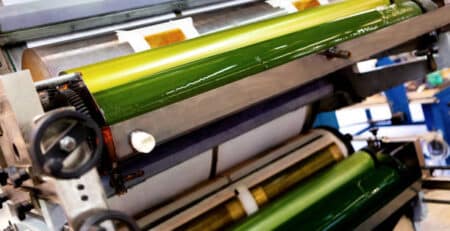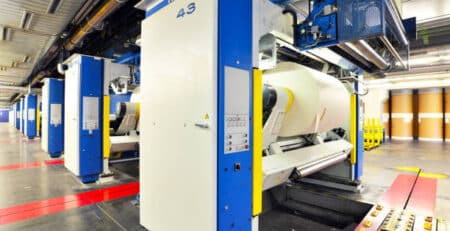Advanced Techniques for Dye Sublimation Printing: Tips for Achieving High-Quality and Consistent Results
Introduction
Dye sublimation printing is a popular method of printing high-quality and vibrant designs onto various substrates. It involves transferring ink onto a substrate using heat and pressure, resulting in a permanent, high-resolution image. In this blog post, we will discuss the benefits of printing through a dye sublimation printer and the factors that affect its quality.

Factors that affect dye sublimation printing:
Temperature and pressure settings: The correct temperature and pressure settings are essential for achieving consistent and high-quality results. If the temperature is too low or the pressure is too high or low, the colours may not transfer properly, resulting in a faded or distorted image. We always recommend do a small Test prior to doing and major production work.
The quality of the sublimation ink and transfer paper: High-quality sublimation ink and transfer paper is crucial for achieving vibrant and long-lasting colours. Using cheap or low-quality materials can result in a washed-out or blurry image.
Design and image resolution: The quality of the original design and its resolution play a significant role in the final outcome. A high-resolution image with a high-quality design will produce a sharp and vibrant print.
Substrate selection and preparation: The type of substrate used and its preparation can also impact the final result. The surface must be clean and smooth to ensure proper adhesion of the ink.
As they say ‘rubbish in, is rubbish out’
Advanced techniques for achieving high-quality and consistent results
Calibration and profiling of equipment: Proper calibration and profiling of equipment are essential for accurate and consistent colour reproduction. This ensures that the colours in the design are reproduced precisely as intended.
Using specialised software for colour management: colour management software can help optimise colour reproduction and achieve consistent results across different substrates.
Customising ICC profiles to specific substrates: ICC profiles can be customised to different substrates, ensuring that the colours are accurately reproduced on each type of material.
This should be done by a trained professional to achieve optimal output.
Fine-tuning temperature and pressure settings for each substrate: Different substrates require different temperature and pressure settings. Fine-tuning these settings for each material can help achieve the best results.
Tips for optimising dye sublimation printing workflow
Choosing the right printer and heat press for your needs: Selecting the appropriate equipment for your needs is crucial. Ensure that the printer and heat press can handle the type of substrates you plan to use.
Streamlining the printing and pressing process for maximum efficiency: Optimising the workflow can help increase efficiency and reduce errors, resulting in better quality and faster turnaround times.
Proper maintenance and upkeep of equipment: Regular maintenance and upkeep of equipment can help ensure that they remain in optimal condition and continue to produce high-quality prints.
Maintaining accurate and detailed records for quality control: Keeping accurate records of the printing process can help identify and correct any issues, ensuring consistent quality and reducing waste.
Conclusion
Achieving high-quality and consistent results in dye sublimation printing requires attention to detail and proper technique. By understanding the factors that affect the final result and implementing advanced techniques and best practices, you can optimise your dye sublimation printing workflow for the best results. Whether you’re printing on dye sublimation paper or other substrates, it’s essential to maintain a consistent approach and continually strive to improve your techniques and workflow.




